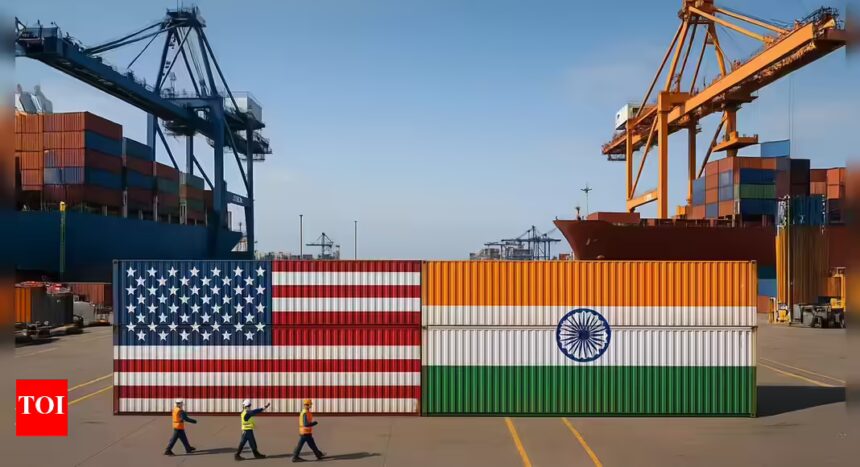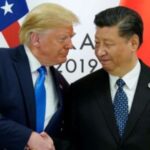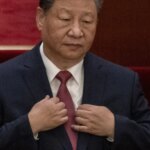Indian exporters are poised to seize opportunities arising from the escalating tensions between the United States and China, according to industry experts. The Federation of Indian Export Organisations (FIEO) has indicated that the imposition of higher tariffs on Chinese goods by the US may redirect demand towards Indian products.
FIEO President SC Ralhan remarked that the additional tariffs could facilitate a significant increase in Indian exports to the US. In the fiscal year 2024–25, Indian exports to the US reached approximately $86 billion, and Ralhan expressed optimism about further gains as the trade dynamic shifts.
As of November 1, the US government has implemented a new 100% tariff on a range of Chinese goods, which raises the total tariff rate on these imports to around 130%. This aggressive stance follows China’s introduction of stringent controls on rare earth exports, which are vital for sectors such as defense, electric vehicles, and clean energy in the United States. Currently, Indian goods face a 50% tariff rate in the US, which includes an additional 25% tariff.
Experts predict that the new tariffs on Chinese imports will create significant benefits for Indian exporters. One textile exporter noted that the increased customs duties would diminish the competitiveness of Chinese products, thereby boosting demand for Indian alternatives. “This 100% additional tariff on Chinese goods will give us an upper edge,” the exporter stated, emphasizing the potential for increased market share.
Additionally, Manu Gupta, a toy exporter, expressed optimism about the forthcoming changes. He highlighted that the rise in tariffs would foster a more balanced competitive landscape, allowing Indian businesses to attract American buyers. Notably, major retailers, including Target, have already expressed interest in collaborating with Indian producers for new products.
The escalating trade conflict is also expected to impact global pricing dynamics. Analysts from the Global Trade Research Institute (GTRI) cautioned that the dispute could lead to increased prices for electric vehicles, wind turbines, and semiconductor components. The heavy US reliance on Chinese manufacturing for items such as electronics, textiles, and solar panels underscores the challenge presented by this trade battle.
In the broader context, the US remains India’s largest trading partner for the fourth consecutive year, with bilateral trade amounting to $131.84 billion in 2024–25, including approximately $86.5 billion in exports from India. The US represents roughly 18% of India’s total goods exports and 6.22% of its imports. As the two nations are also in the process of negotiating a bilateral trade agreement, the current geopolitical climate could further influence trade relations and shape future export strategies for Indian businesses.







